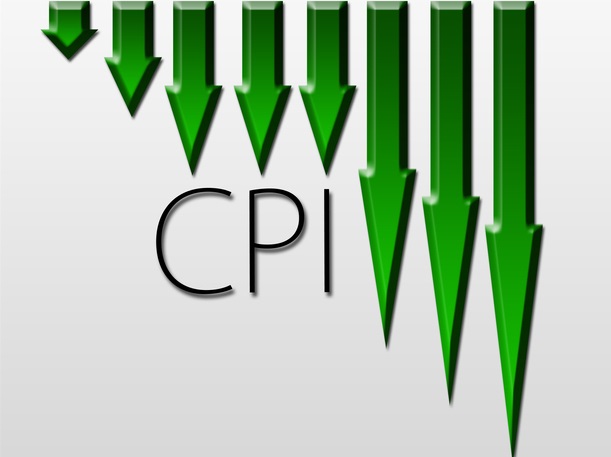Stocks were mixed and the US dollar currency moved lower after the latest US CPI revealed a further weakening in US inflation, further increasing the chances of the FED pulling back on rate hikes.
Breaking down the data, the annual inflation rate in the US slowed for a ninth consecutive period to 5% in March of 2023, the lowest since May of 2021 from 6% in February, and below market forecasts of 5.2%.
Food prices grew at a slower rate (8.5% vs 9.5% in February) and energy cost fell (-6.4% vs +5.2%), namely gasoline (-17.4%) and fuel oil (-14.2%). At the same time, prices for used cars and trucks declined once again (-11.6% vs -13.6%).
On the other hand, inflation for shelter which accounts for over 30% of the total CPI basket, continued to march higher (8.2% vs 8.1%). Compared to the previous month, the CPI edged 0.1% higher, also below expectations of 0.2%, with higher shelter prices (0.6%) offsetting a 3.5% fall in energy cost. Food prices were unchanged.
Core Consumer Price Inflation, which excludes food and energy, increased 5.6% on the year and 0.4% on the month as expected. The Fed does watch Core inflation very closely.
The EURUSD pair surged towards the 1.1000 area on the back of the soft print while the GBPUSD attempted to move back towards the 1.2500 region, and the USDJPY pair fell over US dollar weakness.
Markets also await the Minutes from the March 21-22 meeting. This is set to be to be released later this afternoon and will shed new light on what sort of discussion was happening behind the scenes last month.
It will also highlight whether officials were raising concerns about continuing to increase interest rates amid such financial instability.
The March 2023 meeting of Federal Reserve officials was perhaps the most uncertain policy meeting for the central bank due to the collapse of Silicon Valley Bank and Signature Bank.
With the banking sector in acute turmoil, it remained unclear up until the Federal Open Market Committee announced a quarter-point interest-rate hike whether the central bank would vote to tighten monetary policy again, or pause.




